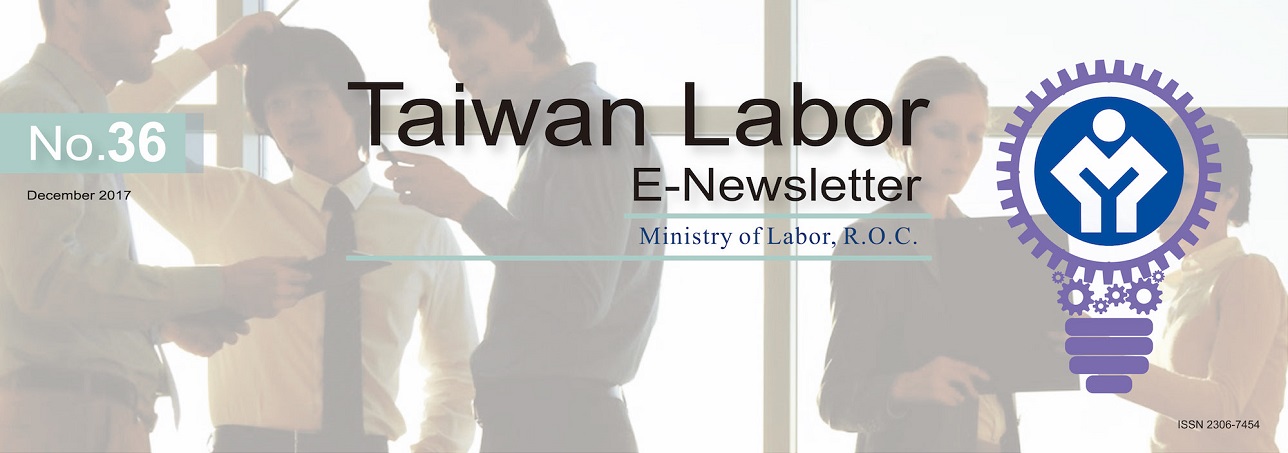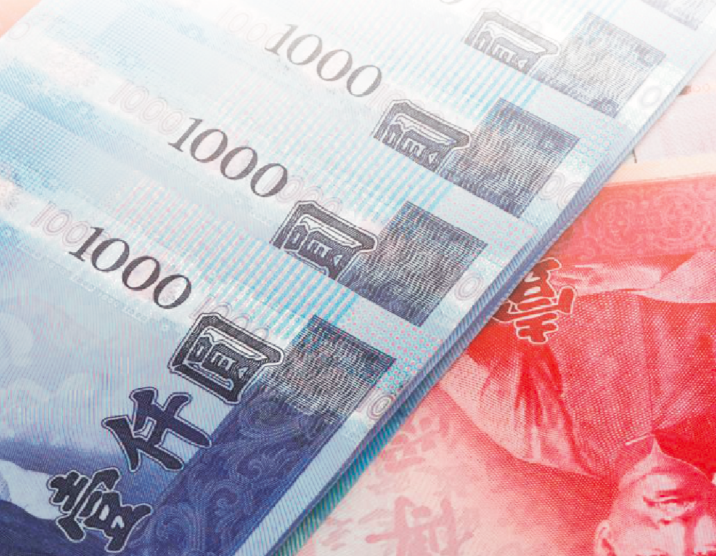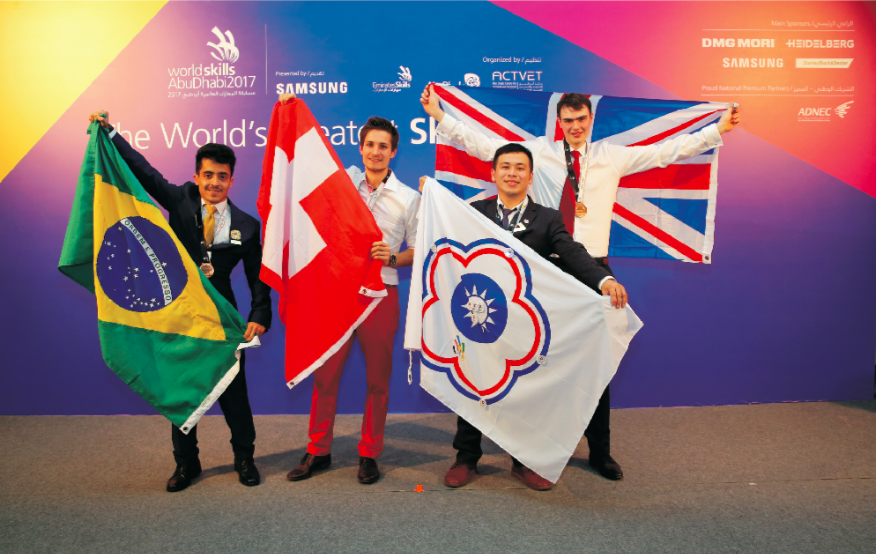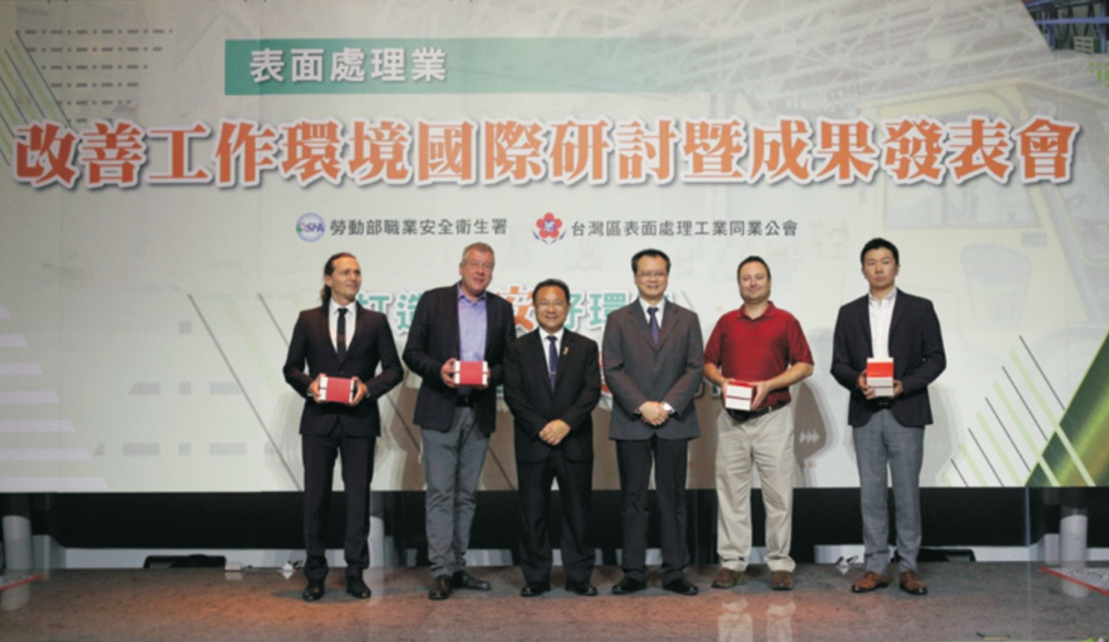NO.36
- Last updated:2021-12-28

- Clicks on the following title, but browses this article fast
- Policies & Regulations Relaxed requirements for documentation required to prove that an employee lived together with an adopted child prior to adoption when applying for unpaid parental leave under the Act of Gender Equality in Employment. The Ministry of Labor encourages labor unions to sign collective agreements in order to improve the wellbeing of their members and has begun accepting applications for collective agreement incentives from labor unions.
- News Outlook Skill talents make their names on global stage; Vice Labor Minister San-Quei Lin awards skilled youth Creating a Safe work Environment and Boosting Job Opportunities – International Symposium on Surface Treatment Industry’s work Environment Improvements and Achievement Vocational Training Survey As of August 31, 2017, 95.71% of businesses have fulfilled provisions for the Labor Retirement Reserve Fund (old system), and the Ministry of Labor is actively protecting workers' right to receive pensions

In order to protect the rights and interests of employees and their adopted children, the Ministry of Labor has issued a circular explaining the provisions regarding the Family Act and the Protection of Children and Youths Welfare and Rights Act in Paragraph 3, Article 16 of the Act of Gender Equality in Employment. Employees who lived together with their adopted children prior to adoption can apply for unpaid parental leave. Documents required to prove that the parent and child lived together prior to adoption include court rulings and, also under special circumstances, court papers such as issuance of notices from family courts or testimonies from the chief of village or borough, which may be deemed sufficient to ascertain that the employee and adoptee have indeed lived together.
Keywords: Adoption, Living with Adopted Children Prior to Adoption, Unpaid Parental Leave

In order to encourage labor unions to sign collective agreements and improve the labor conditions of their members, the Ministry of Labor has established“The Implementation Directions for Incentivizing Labor Unions to Sign Collective Agreements" in the previous year (2016). Incentives will be awarded according to the contents of the contract, starting from NT$50,000 to a maximum of NT$300,000. The Ministry of Labor is also continuing to accept applications from contracting unions this year (2017).
The Ministry of Labor further explained that in recent years both the volume and quality of collective agreements with unions have increased. As of September 15, the ministry has accepted incentive applications from more than 10 labor unions. Many of the terms in these agreements with regards to profit sharing include raises in pay for union members, for example, "a certain percentage of the annual surplus shall be allocated as remuneration for employees before being distributed to shareholders." The Ministry of Labor emphasizes that it is difficult for employers and employees to negotiate collective agreements that go above and beyond what is stipulated in laws and regulations, so such efforts should be encouraged and reinforced.
The deadline for receiving union collective agreement incentive applications is November 30. Those unions which meet application requirements are welcomed to apply. In addition, if employers and employees come to an impasse during negotiations, the Ministry is able to provide assistance by inviting experts and scholars in the field of labor-management relations to provide counseling and help both sides reach an agreement.
Keywords: Collective Agreement, Incentives, Profit Sharing

The 44th WorldSkills Competition was held in Abu Dhabi, United Arab Emirates, in mid-October this year. Taiwan's delegation was headed by the incumbent vice president of WorldSkills International and Vice Labor Minister Mr. San-Quei Lin. The national team of 47 members competed in 42 trade categories. After four days of intense competition, the final results : Taiwan won four gold medals, one silver, five bronzes, and 27 medals of excellence, which translated into a medal-winning rate of 88%. The outstanding achievements have established a glorious skills competition record for Taiwan.
To honor the national team, the Ministry of Labor held an awards ceremony on October 28 at the Taipei International Convention Center. Vice Labor Minister San-Quei Lin awarded the gold medalists with NT$1 million, silver medalists NT$500,000, bronze medalists NT$300,000, and excellence medalists NT$50,000 in prize money. The total award amounted more than NT$7 million.
Vice Minister Mr. San-Quei Li expressed that the government hopes to raise awareness of skills competitions and the importance of skills in young people and the general public, and thereby encourage more people to learn skills. Programs currently promoted by the Ministry of Labor include the Industry-School-Training Center Cooperative Training project, Dual System of Vocational Training Project, and the Youth Employment Pilot Project, which aim at bringing training and industry closer together. These projects set bridge between industries and government departments to cultivate talents with technical knowhow, who may then be employed by the industry cector. To reach the goal of letting young people "learn and apply specialized skills." Taiwan is integrating governmental, industrial, and academic resources for cross-boundary cooperation to train the youths with WSI bench mark skills. These competitors are not only role models for the young generation but also pillars to pass on skills and become important promoters of innovative industries.
Keywords: WorldSkills Competition, Youth Skills, Skilled Youth

The Occupational Safety and Health Administration (OSHA) of the Ministry of Labor held the International Symposium on Surface Treatment Industry’s work Environment Improvements and Achievement on October 27. The event was kicked off by OSHA Director General Tzu-lien Tzou. He thanked domestic plants that made significant work environment improvements for sharing their success stories. Tzou also thanked the experts from Germany , the U.S. and Japan to share innovative practices of transforming and upgrading surface treatment plants. He also expressed his hopes that these works will bring about real benefits for Taiwan, such as innovations in treatment processes as well as improvements in health and safety technology.
Director General Tzou said that most domestic surface treatment plants are small and medium-enterprises that are often dirty, dangerous, and difficult (the three Ds). Many workers are therefore unwilling to engage in this line of work. Thus, in 2016, Taiwan’s OSHA began implementing the Surface Treatment Industry Work Environment Improvement Project. So far, the project has counseled 66 surface treatment plants and provided 15 plants with subsidies for setting up or replacing existing equipment with safer processing and control equipment. The number of employees in the field has increased by 309, and the average age of workers in counseled factories has decreased from 50 to 38.
OSHA said that the joint efforts of government, industry and the academia have helped consolidate a consensus to maintain this spirit of mutual assistance and benefit. In response to industry needs, OSHA will continue to provide relevant measures in order to help improve the working environment in the surface treatment industry. At the same time OSHA is also calling on factories to follow successful examples to achieve their own transformations, which can help change the “dirty, dangerous and difficult” stereotype of the surface treatment industry and make the industry globally competitive.
Keywords: Surface Treatment Industry, Industry Upgrading, Funding Subsidies

The purpose of vocational training is to meet employment demand brought about economic development. Training in various technical professions can help achieve an overall upgrade of technical standards, which can respond to the employment demands in quality and quantity for relevant industries.
I. In 2016 the ratio of institutions which undertook vocational training was 35.0%, an increase of 41,000 compared to 2014. The ratio of vocational training increases with the size of the workforce; for instance, it increases from 28.9% in businesses with 1-9 employees to 94.9% in those with over 200 employees.
II. In 2016 businesses conducted vocational training for 27.168 million person times, an increase of 2.444 million compared to 2014, with the average worker receiving 4.6 training sessions. "Professional know-how and technical training" accounted for the largest percentage of training content, at 42.7%.
III. As for the effects of training: “improvement in professional skills" was rated highest, at 60.3%; next came "improvement in work safety" at 47.6%; and third "improvement in product and service quality" at 35.8%.
IV. 22.9% of businesses encountered difficulties in undertaking vocational training. The most cited reasons for such difficulties were "not able to schedule time for training" at 12.0%, “unwillingness of employees to take part in trainings" was ranked second at 7.7%, and "high employee turnover" was ranked third at 6.7%.
Keywords: Vocational Training, Training Content, Training Effectiveness

On February 2015, the second paragraph of Article 56 of the Labor Standards Act was revised to state that employers shall assess the balance in the account designated for the labor pension reserve fund and are required to make up the difference if the amount is inadequate before the end of March of the following year. 2017 is the second year since the provision was implemented, and as of August 31, businesses that have met the full designated amounts numbered over 107,000, which accounts for 95.71% of the total businesses under the old system; the 90% goal from the previous year was reached six months earlier than expected.
The Ministry of Labor further explained that the discrepancies need to be addressed each year. In 2016, the first year of implementation, the proportion of businesses that processed full amounts was 93.22% as of December 31. For the second year, new discrepant amounts still need to be processed in the new year, but local authorities now have more experience in the verification process. Local authorities will review and counsel businesses that are still under the old system on a case-by-case basis. Their aim was for 95% of such businesses to process full amounts before the end of August, which is the annual performance indicator.
The Ministry of Labor is calling on institutions that have not addressed the discrepancies to do so as soon as possible and continue to review and remit the differences in order to protect workers' pension rights.
Keywords: Labor Retirement Reserve Fund, Old Labor Pension System, Full Amount Appropriation
- Source:Department of General Planning
- Publication Date:2017-12-29
- Count Views:
